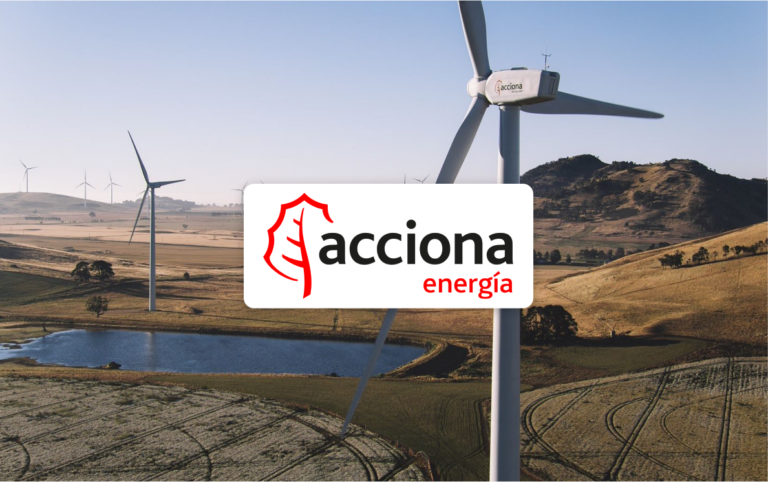As more and more people turn to digital engagement to connect with their community and stakeholders, organizations and businesses are noticing that unlike Field of Dreams, just because you build it, doesn’t mean they will come.
It’s essential to research your audience to ensure you understand the best ways to reach them. Below are four steps to help you ensure you understand your audience before you work toward informing them of their digital engagement opportunity.
Step 1. Define your Audience
Before you begin your project take a second to ask yourself, who are we looking to communicate with? There’s a big difference between wanting to speak with people in a specific neighborhood, versus speaking to everyone in a larger metropolitan area.
Step 2. Networking
Look to connect with other resources in the community you’re looking to work in. Never forget you’re not alone, and odds are there are a lot more people willing to help and work with you if you’re transparent and open about what you’re looking to gain. The more willing to share you are, the more your stakeholders will trust you. By networking, you’ll open yourself up to swaths of information and are more likely to meet key members in the areas you’re working in.
Step 3. Baseline research before building your engagement platform
Before you begin building your project ask the people from your networking exercise what’s important to them. Odds are you’ll find small things that you may have either missed, or that didn’t seem important to you at the time, but could let stakeholders know you’re listening and have their best interest in mind.
Step 4. Managing Your Project
We all know about social media and ways to post your projects on your pages and platforms, but remember when we talked about networking? Speak to those organizations and individuals that you originally got involved in your project, because they’re now more important than ever! Ask them to share your project with the individuals and entities they’re working with, and engage with those posting and leaving feedback on your walls or maps. People who know they’re being heard are more likely to promote your project to others and open up about how they really feel. By doing these small things you’re more likely increase the amount of people engaging and gain more authentic and meaningful feedback on your initiative or plan.




